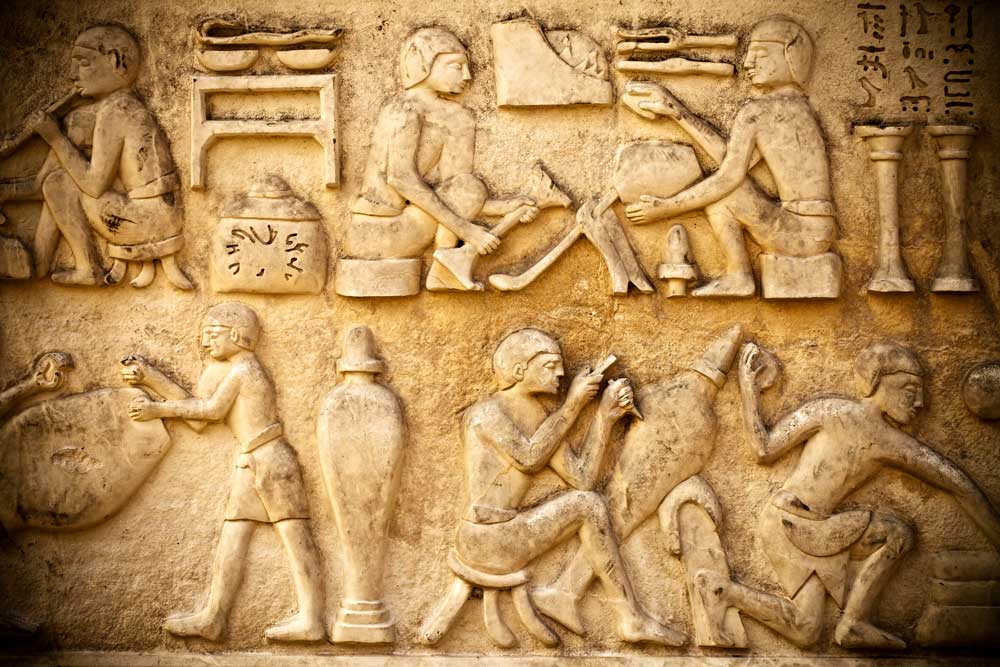Name: [Student Name]
Date: [Submission Date]
Class: [Class Name]
Introduction
The participation of Mexican Americans in the military during World War II marked a significant chapter in their struggle for equality and recognition within the United States. Despite their contributions to the war effort, Mexican Americans faced persistent discrimination and limited gains in political rights, social freedoms, and economic opportunities. This essay explores their experiences, examining the barriers they encountered, their resistance to racism, and the impact of their actions. The analysis focuses on three specific examples: their military service and discrimination, the Sleepy Lagoon case as a reflection of broader societal prejudice, and their efforts to challenge injustice through collective action. The thesis of this essay argues that while military service provided Mexican Americans with some visibility, systemic racism restricted their gains, prompting active resistance with varying degrees of impact.
Military Service and Discrimination
Mexican Americans served in significant numbers during World War II, often in segregated units or under discriminatory conditions. Many faced prejudice from fellow soldiers and commanding officers, who held stereotypical views about their capabilities. Despite proving their valor in combat, their service did not immediately translate into political rights, such as voting access, or social freedoms, like equal treatment in public spaces. Economically, returning veterans struggled with limited job opportunities due to racial bias, often being relegated to low-paying roles. This lack of tangible benefits highlighted the disconnect between their sacrifices and societal recognition (Module Page 13.6).
The Sleepy Lagoon Case and Societal Prejudice
The Sleepy Lagoon case of 1942 epitomized the broader societal prejudice Mexican Americans endured, even during wartime. In this incident, seventeen Mexican American youths were wrongfully convicted of murder and assault in Los Angeles, based on weak evidence and coerced statements. The trial was marred by bias, with no Mexican Americans on the jury and media portrayals of the defendants as dangerous “zoot suit gangsters.” This case reflected how the justice system and public opinion scapegoated the community, undermining any potential social or political gains from military service. It demonstrated the severe limitations placed on Mexican Americans’ rights and freedoms, revealing a society unwilling to view them as equals (Document 13.1, paragraph 2).
Resistance Against Racism and Its Impact
Mexican American servicemen and women, alongside their communities, actively resisted racism through organized efforts. Support groups, such as the Citizens’ Committee for the Defense of Mexican-American Youth, challenged injustices like the Sleepy Lagoon convictions by raising awareness and providing legal support. Additionally, veterans leveraged their service to demand better treatment, forming advocacy groups to push for civil rights. These actions had a gradual impact, fostering solidarity within the community and laying groundwork for post-war civil rights movements, though immediate systemic change remained elusive (Module Page 13.6).
Conclusion
In conclusion, the experiences of Mexican Americans in the military during World War II reveal a complex interplay of service, discrimination, and resistance. The examples of military service challenges, the Sleepy Lagoon case, and collective advocacy underscore the persistent barriers to political, social, and economic advancement, as well as the determination to fight back against racism. These instances connect to the thesis by highlighting that while military participation offered visibility, systemic prejudice curtailed benefits, and resistance efforts yielded incremental progress. Ultimately, their actions contributed to a foundation for future activism, illustrating both the limitations of the era and the enduring fight for equality.
References
- No additional external sources were used beyond the provided module materials and primary source documents, as per the assignment guidelines.
Word Count: 502


